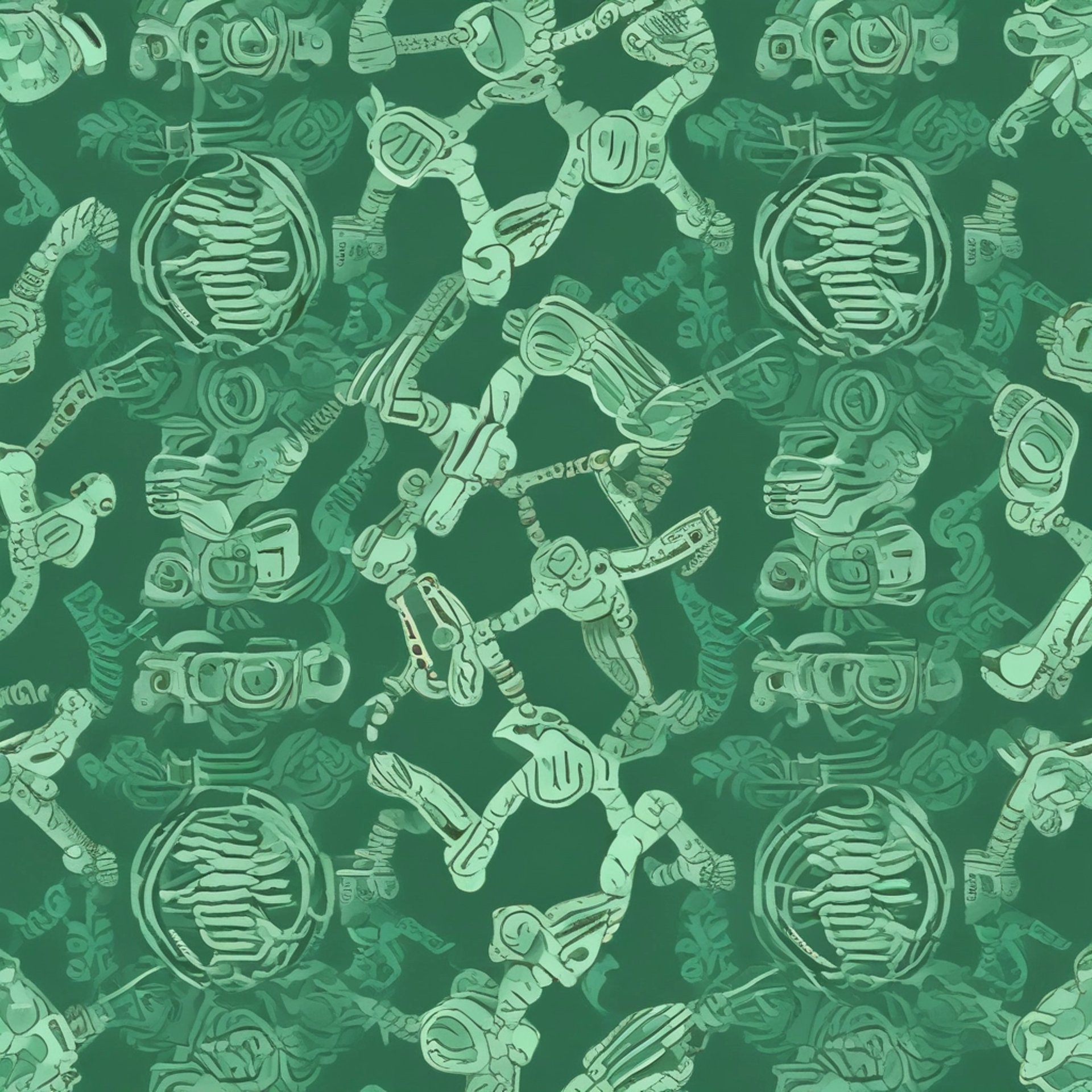
The Habit Blueprint: How to Build, Break, and Master Habits for Fitness Success
In this post, we’ll explore the science of how habits are formed, how to break the ones holding you back, and why mastering habits is the key to sustainable fitness.
7/28/20253 min read


The Habit Blueprint: How to Build, Break, and Master Habits for Fitness Success
If you’ve ever felt like you’re stuck in a cycle of starting and stopping your fitness journey, you’re not alone. The truth is, success in fitness isn’t about willpower or motivation — it’s about habits. Habits are the invisible architecture of daily life. They determine whether you show up to the gym, prep your meals, or hit snooze on your alarm.
In this post, we’ll explore the science of how habits are formed, how to break the ones holding you back, and why mastering habits is the key to sustainable fitness.
What Is a Habit?
A habit is a behavior that becomes automatic through repetition. It’s your brain’s way of conserving energy by offloading routine tasks to the subconscious. This process is governed by the basal ganglia, a region of the brain involved in motor control and procedural learning.
When a behavior is repeated in a consistent context, your brain begins to associate the context with the behavior. Over time, this association becomes so strong that the behavior is triggered automatically — often without conscious thought.
The Habit Loop: Cue → Routine → Reward
Charles Duhigg, in The Power of Habit, popularized the concept of the habit loop, which consists of three components:
Cue: A trigger that initiates the behavior (e.g., waking up, feeling stressed).
Routine: The behavior itself (e.g., going for a run, eating a snack).
Reward: The benefit you gain (e.g., endorphins, comfort, satisfaction).
This loop is reinforced over time. The more consistently the loop is completed, the more ingrained the habit becomes.
How Long Does It Take to Form a Habit?
The idea that it takes 21 days to form a habit is a myth. A 2009 study by Dr. Phillippa Lally at University College London found that, on average, it takes 66 days for a new behavior to become automatic. However, the range varied significantly — from 18 to 254 days — depending on the complexity of the behavior and the individual’s consistency.
This means that forming a habit is less about hitting a specific number of days and more about repetition in a stable context.
Source: Lally, P., van Jaarsveld, C. H., Potts, H. W., & Wardle, J. (2010). How are habits formed: Modelling habit formation in the real world. European Journal of Social Psychology, 40(6), 998–1009.
How to Build a Habit That Sticks
Start with identity, not outcomes
Instead of saying “I want to lose 10 pounds,” say “I’m the kind of person who trains consistently.” Identity-based habits are more sustainable because they align with how you see yourself.Make it obvious
Design your environment to support the habit. If you want to work out in the morning, lay out your clothes the night before.Make it easy
Reduce friction. Start with small, manageable actions. Instead of committing to an hour-long workout, start with 10 minutes.Make it satisfying
Immediate rewards help reinforce behavior. Track your progress, check off a habit tracker, or reflect on how you feel after completing the habit.Use habit stacking
Attach a new habit to an existing one. For example: “After I brush my teeth, I’ll do 10 push-ups.”
How to Break a Bad Habit
Identify the cue
What triggers the behavior? Is it emotional (stress, boredom) or environmental (location, time of day)?Interrupt the loop
Replace the routine with a healthier alternative that satisfies the same need. If you snack when stressed, try a walk or deep breathing instead.Increase friction
Make the bad habit harder to do. Delete apps, avoid certain environments, or add steps between you and the behavior.Change your environment
Your surroundings shape your behavior. If your kitchen is full of junk food, your willpower will eventually lose. Set up your space for success.Practice self-compassion
Breaking habits is difficult. Slip-ups are part of the process. What matters is returning to the path, not perfection.
Why Habits Are Crucial for Fitness
Fitness is not a one-time decision — it’s a series of repeated actions. Habits make those actions automatic, reducing the mental load and emotional resistance. Here’s why they matter:
They reduce decision fatigue: You don’t have to think about whether to work out — it’s just what you do.
They build identity: Repeated actions shape how you see yourself. “I’m someone who trains” becomes a self-fulfilling belief.
They create momentum: Small, consistent actions compound over time into significant results.
They provide structure: In a world full of distractions, habits give your day rhythm and purpose.
Final Thoughts
You don’t need more motivation — you need better systems. Habits are those systems. They are the bridge between your goals and your reality. Whether you’re trying to build muscle, lose fat, or simply feel better, mastering your habits is the most powerful tool you have.
Start small. Stay consistent. And remember: every action you take is a vote for the person you want to become.
Sources
Lally, P., van Jaarsveld, C. H., Potts, H. W., & Wardle, J. (2010). How are habits formed: Modelling habit formation in the real world. European Journal of Social Psychology, 40(6), 998–1009.
Duhigg, C. (2012). The Power of Habit: Why We Do What We Do in Life and Business. Random House.
Clear, J. (2018). Atomic Habits: An Easy & Proven Way to Build Good Habits & Break Bad Ones. Avery.
